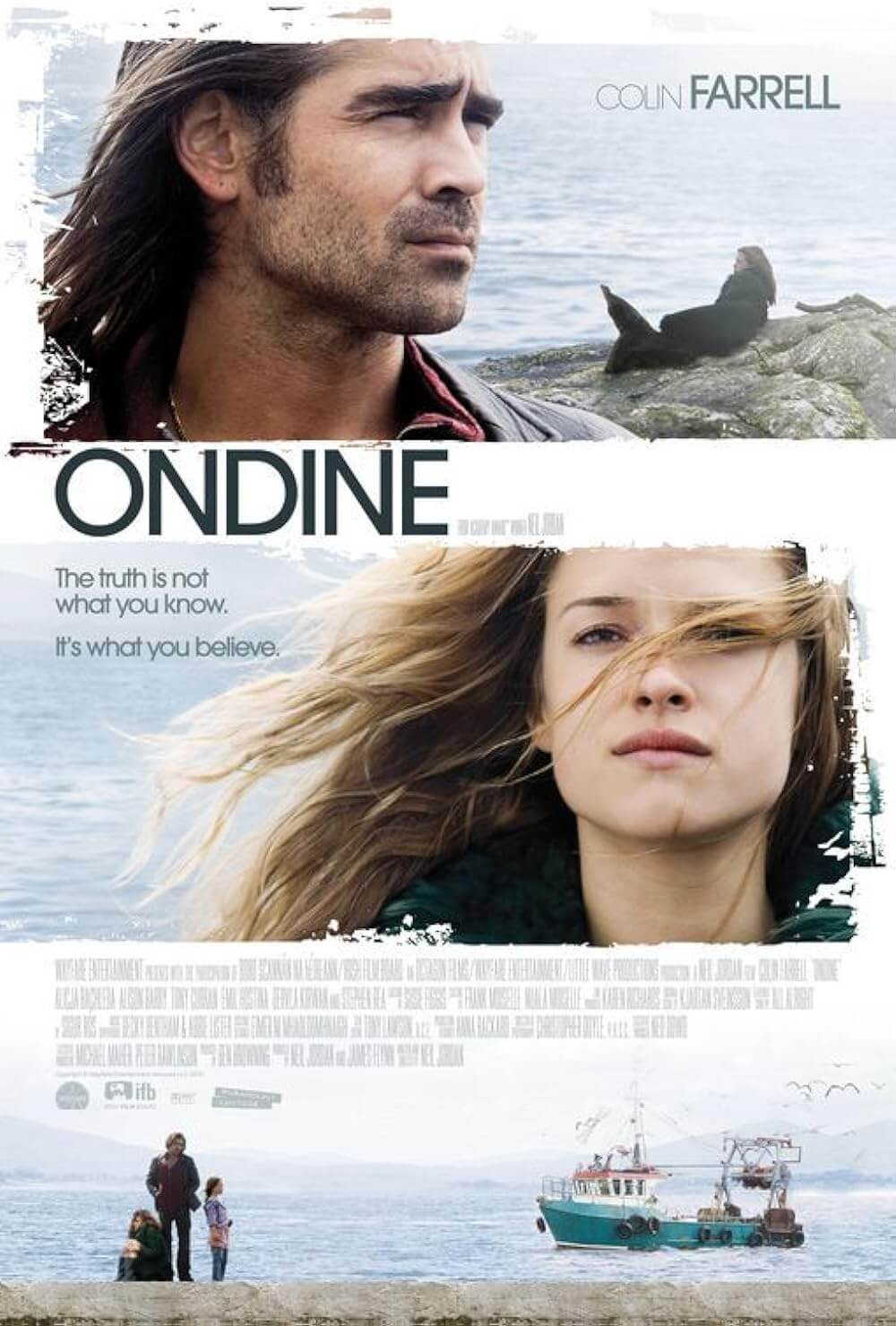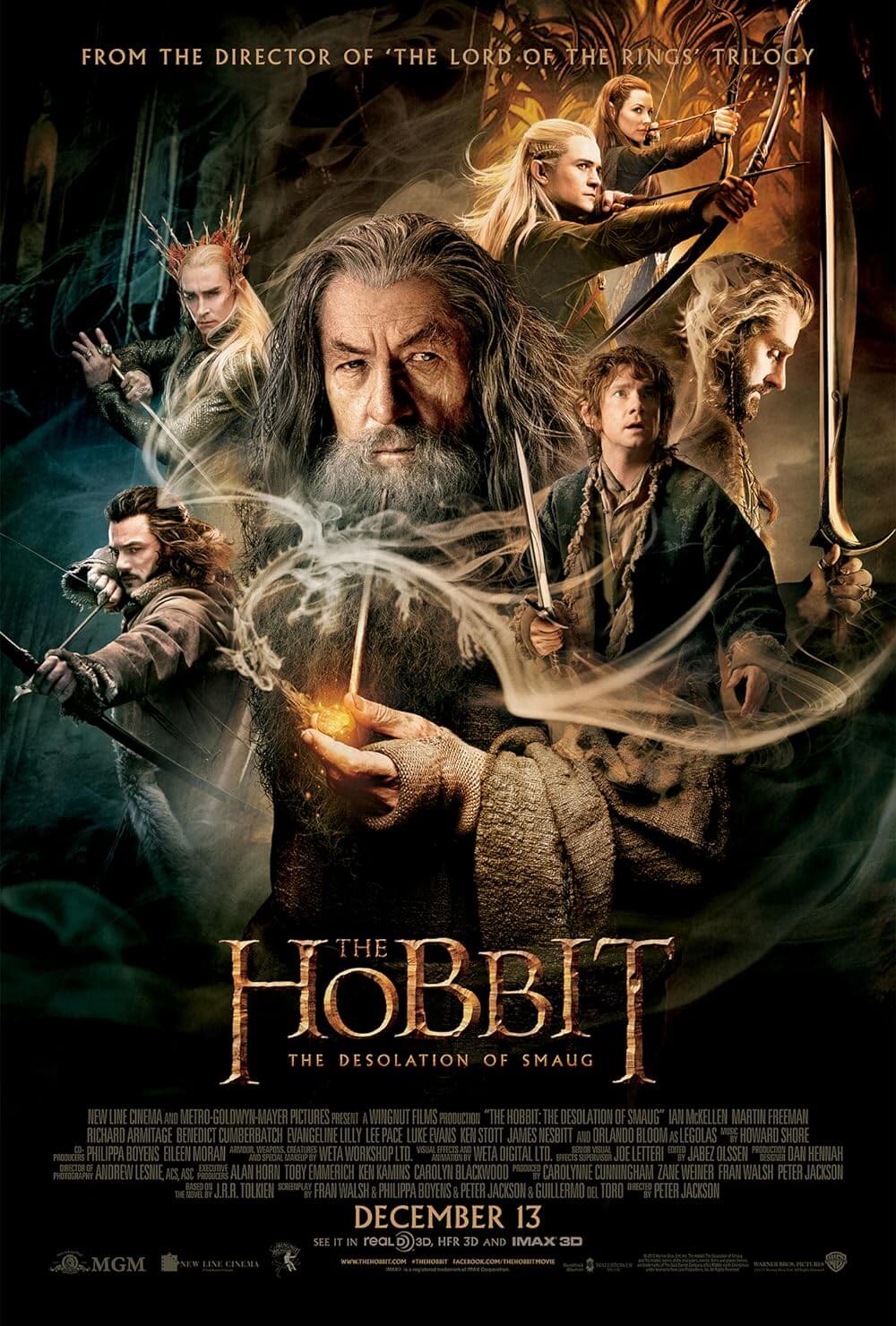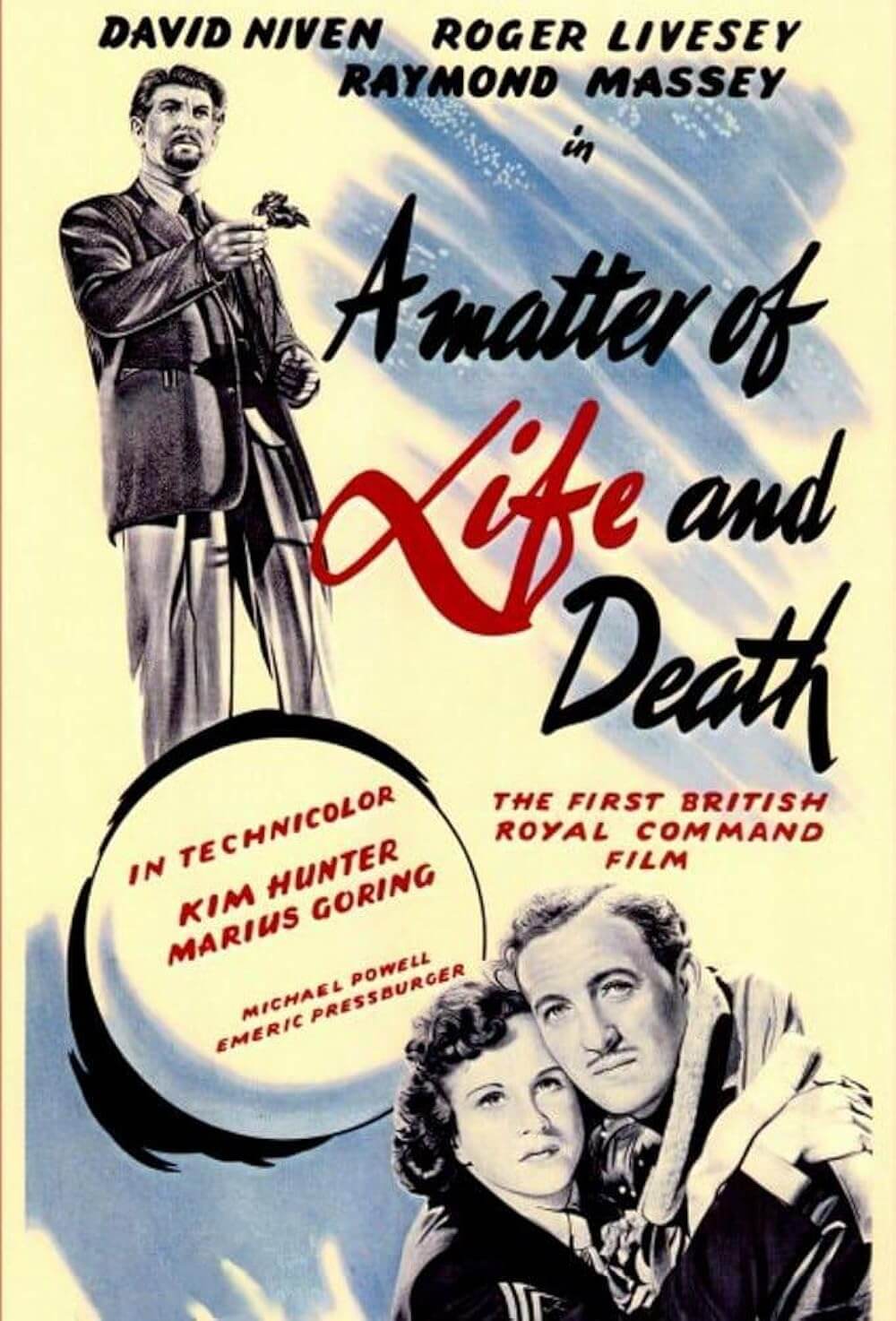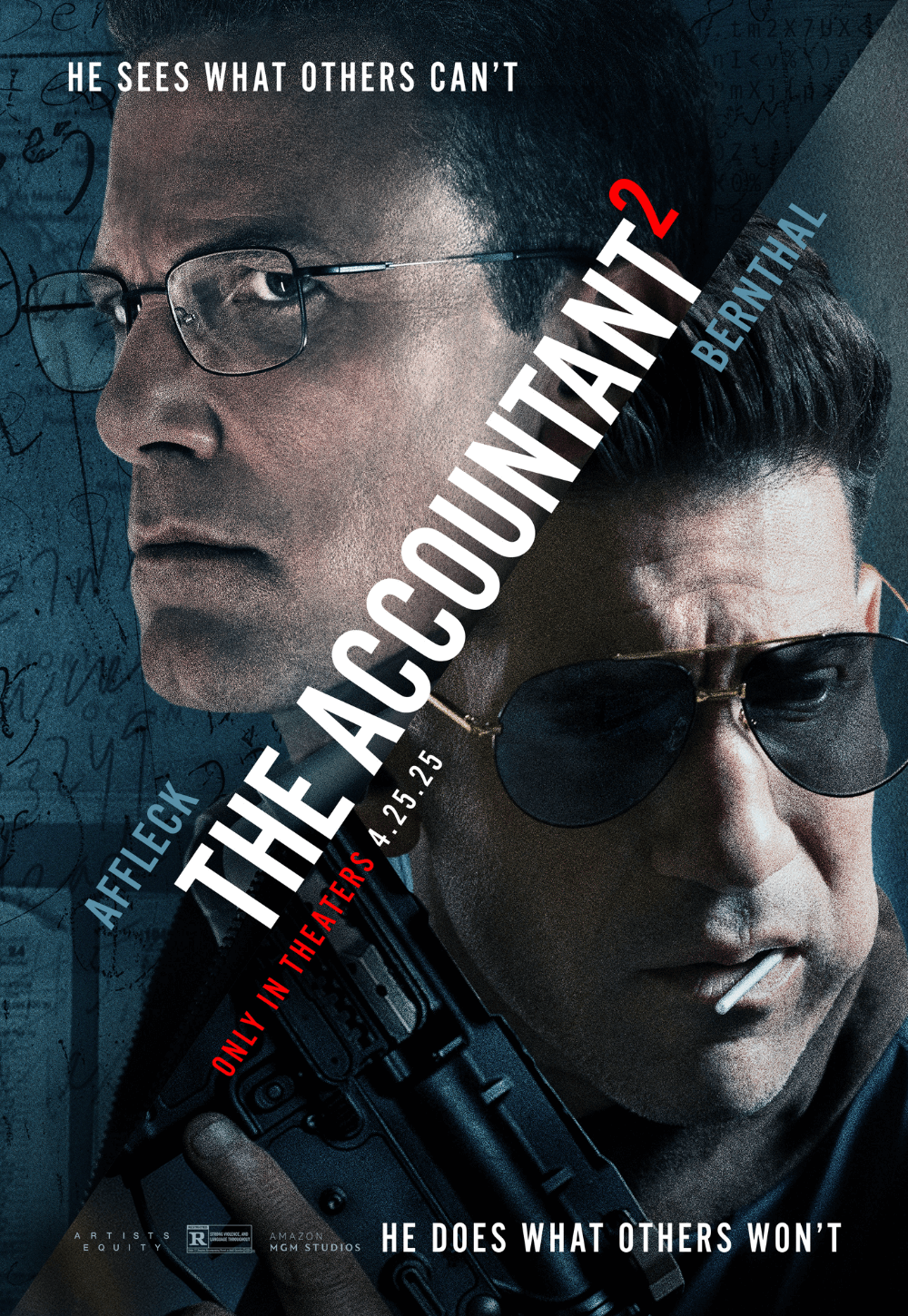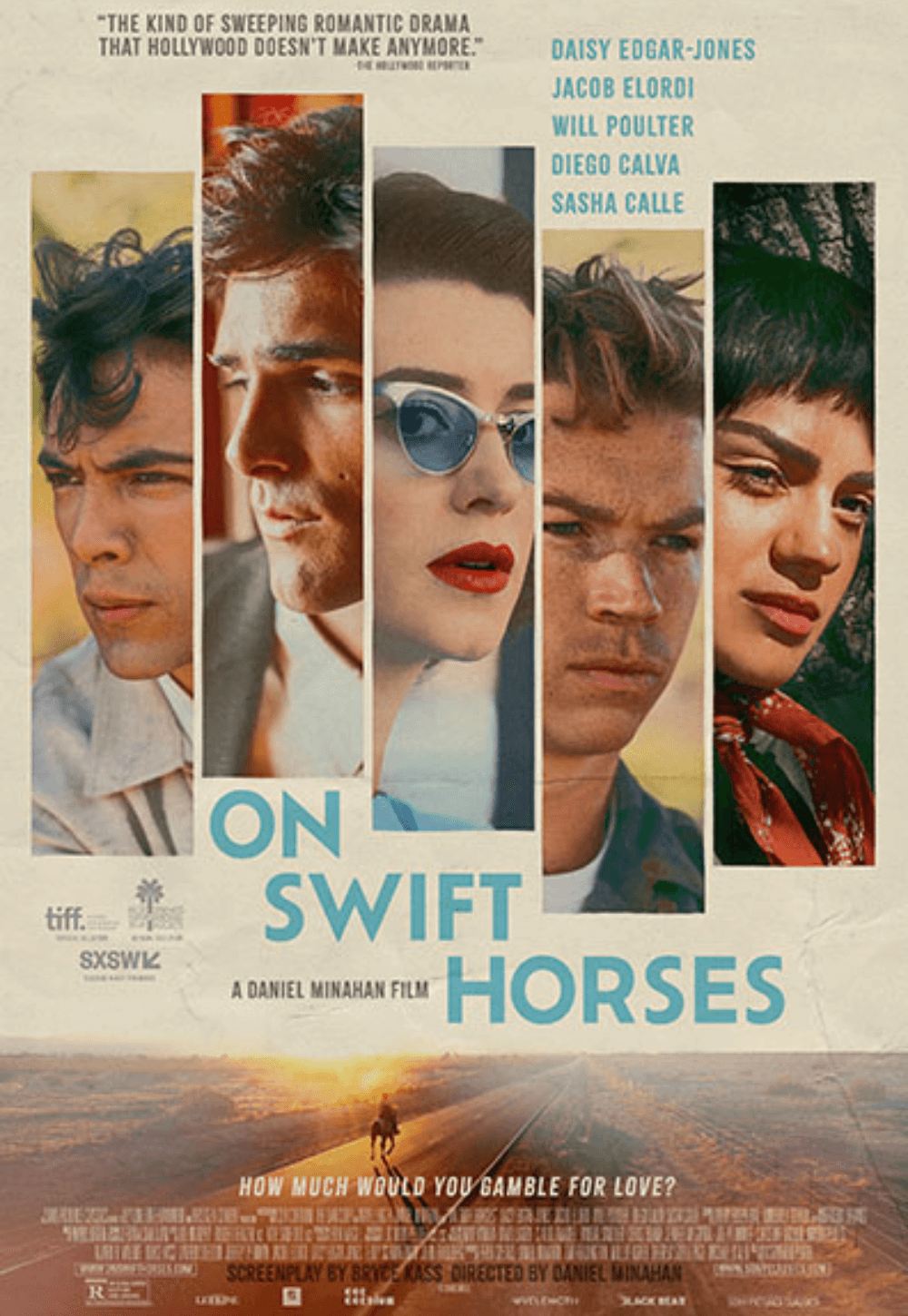
The Legend of Ochi
By Brian Eggert |
Sigmund Freud wrote that our adult compulsions are “a continuation of the infantile.” His point was that we never really leave childhood behind; we only attempt to recapture our obsessions and give them a new skin. This accounts for our affinity for nostalgia, I suppose. The nostalgic impulse might also explain what compelled Isaiah Saxon to write and direct The Legend of Ochi, a fantasy film with excellent puppetry and a great deal of visual imagination. Saxon’s work owes much to 1980s adventures with similar practical effects, to the extent that it belongs in a subsection of movies best described by comparing them to other movies. Doubtless, Saxon had a lot of other throwback titles percolating in his mind when he set out to make his debut feature. This is not to suggest a movie with obvious antecedents cannot rise above them; however, I am not entirely sure this one does. Regardless, The Legend of Ochi is an adorable, PG-rated adventure that’s easy to recommend, simply because it’s refreshingly different from recent family-friendly options in theaters.
Of course, families have a wide variety of animated features to choose from. Pixar, DreamWorks, and Disney typically release one or two movies a year, and smaller animation houses fill the gaps between major releases, ensuring parents always have an animated option. But live-action family films have become a rarity. Occasionally, something like last year’s Bookworm arrives and reminds us of the genre’s potential, but that’s an exception. Saxon’s movie, the rare A24 project suited for families, takes us back to the days of popular fare such as E.T. the Extra-Terrestrial (1982), The Dark Crystal (1982), The NeverEnding Story (1984), Return to Oz (1985), and Labyrinth (1986)—and even obscure options such as Mio in the Land of Faraway (1987). Such features transported viewers to fantastical lands populated by puppets and actors in creature suits. They were so effective because they looked tangible, like we could reach out and hug E.T., Falkor, and any other adorable character from these movies.
In Saxon’s cinematic storybook, a community lives nestled on an island in the Black Sea, where the Christian inhabitants live in retrograde surroundings, drive old jalopies, and listen to vintage music. The locals tell stories about the Ochi, a species of, let’s say, primates. The red-furred, blue-faced adults resemble a cross between an orangutan and a sloth; the adorable children appear as though Baby Yoda had mated with a Mogwai. Indeed, the young Ochi is so ridiculously cute, albeit in such a familiar way that one suspects every mannerism, blink, and gesture was derived from a cuteness algorithm. The island’s rosy-cheeked human residents fear the Ochi, who hunt their livestock and have attacked people. So, they remain cautious, maintaining a 6 p.m. curfew and enlisting a local militia. It’s headed by Maxim (Willem Dafoe), a melancholic warrior who dons ornate armor and commands a posse of nine armed children, including his adopted son, Petro (Finn Wolfhard), and daughter, Yuri (Helena Zengel).
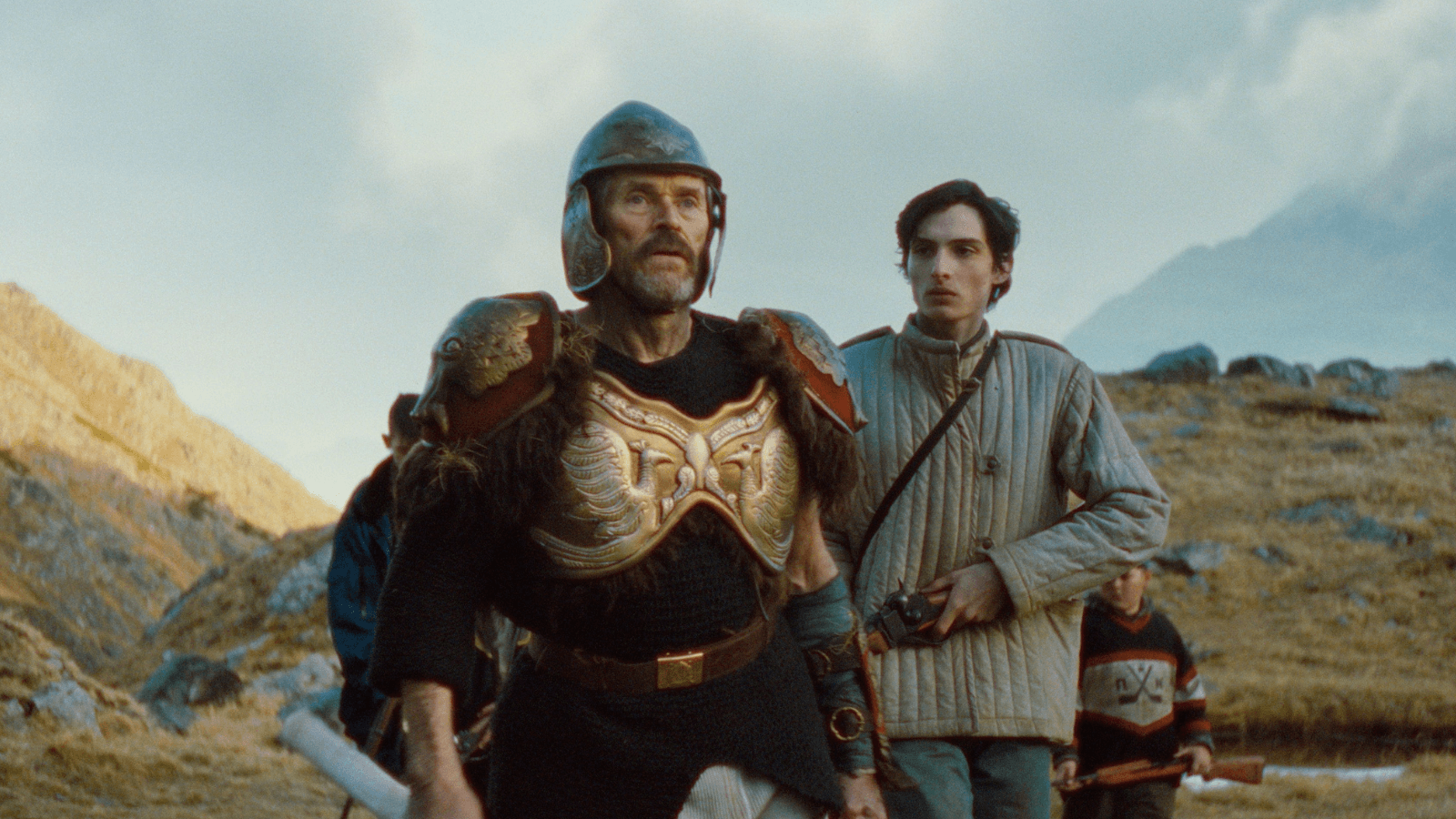
Our hero is Yuri, a quiet, inward teen who listens to death metal yet finds her father’s theatrics silly. After Maxim’s toy soldiers engage a pack of Ochi and separate a mother from her child, Yuri finds the youngling trapped. She rescues the creature, and they’re equally wary of one another at first. But after bringing the animal home in her backpack to nurse its wounded leg, she sets out on an adventure to return the child to its mother. Along the way, Yuri encounters her own estranged mother (Emily Watson) and learns there’s more to the Ochi than she’s been told. Their calls, for instance, are part of a musical language with a grammar rooted in “sensations,” resulting in sounds that recall a satellite linkup beep and a Mogwai song. As for the humans, they have thin personalities and speak little; when they do, it’s in the simplest terms, but their emotions are genuine.
Saxon got his start in animation and music videos, and his strength lies in his visual choices. The Legend of Ochi is a fascinating-looking film, featuring stunning locations captured in the Apuseni Mountains of Transylvania. Saxon and cinematographer Evan Prosofsky give the footage an unnatural pink sheen; it’s like watching an old movie that received a bad transfer to VHS, creating a nostalgic and rather magical look. The color timing and enchanted lighting Saxon gives the forest reminds me of the woods in the E.T. Adventure ride at Universal Studios Orlando—a space of twinkling dew and color gels. And while the occasional CGI flourish spoils the faux-vintage aesthetic—the climax underwhelms thanks to some so-so green screen work—it’s convincing enough to transport the viewer. Underneath it all, David Longstreth’s excellent score propels the story with intense strings and more personalized flutes.
Although Saxon’s style is so mannerist that it begins to encroach on our immersion in the story after a while, The Legend of Ochi captured my imagination in the relationship between Yuri and the young Ochi. However, I wanted more of their bonding, learning to trust each other, and scenes of levity, like their visit to a grocery store. I wanted additional scenes where the human personalities could emerge and become more relatable. And afterward, I wanted to see the townspeople living harmoniously with the Ochi. Saxon’s screenplay is relatively slight, focusing more on surfaces and mood than on the sometimes complex emotions at work. Then again, it’s designed like a storybook—all that’s missing is bookend turning-the-page scenes—and omits anything that would take away from the straightforward, narrative minimalism of a fable. But if The Legend of Ochi seems somewhat familiar to those who grew up with its antecedents, it will doubtlessly become a childhood favorite for a new generation of young moviegoers.
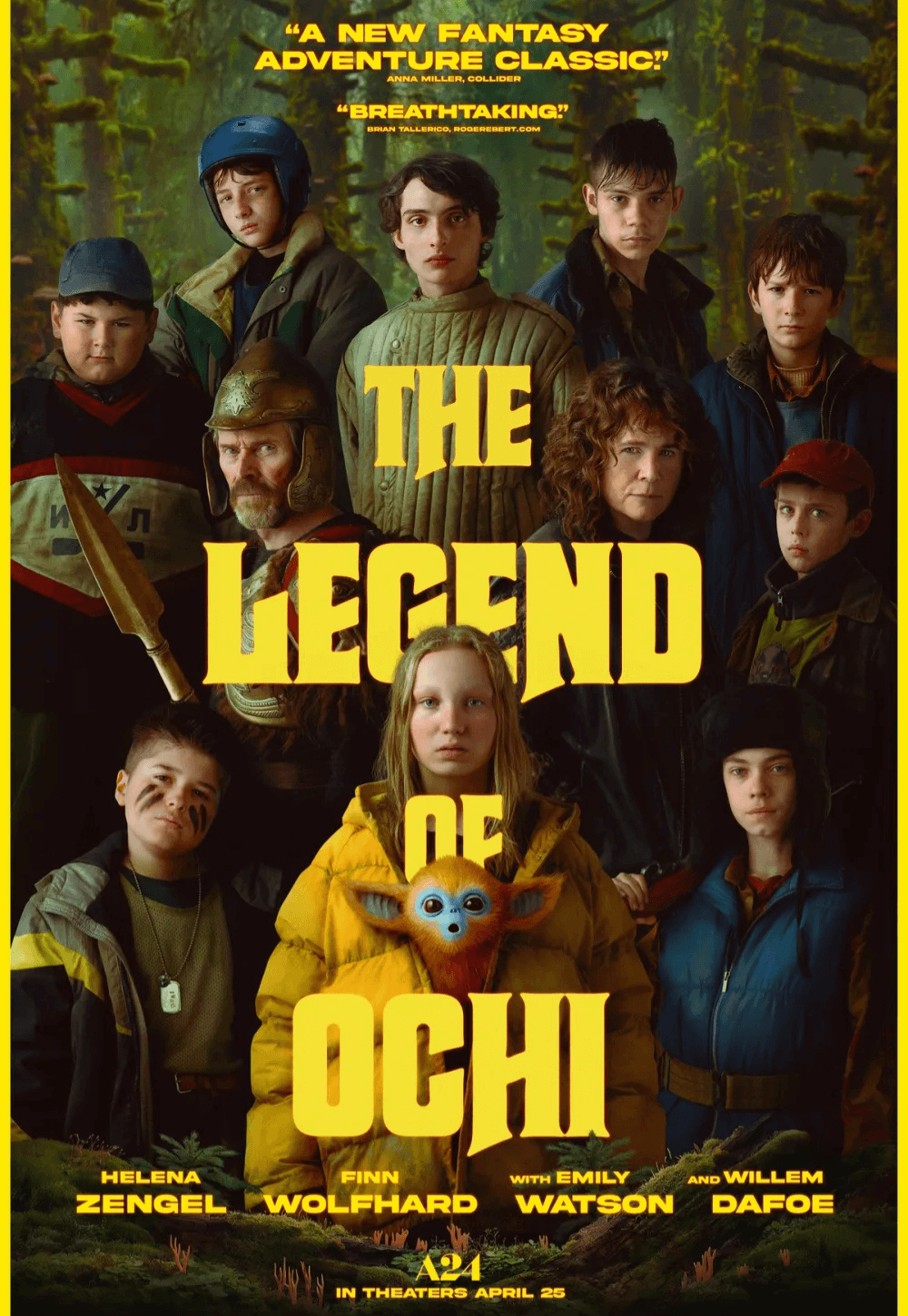
Consider Supporting Deep Focus Review
I hope you’re enjoying the independent film criticism on Deep Focus Review. Whether you’re a regular reader or just occasionally stop by, please consider supporting Deep Focus Review on Patreon or making a donation. Since 2007, my critical analysis and in-depth reviews have been free from outside influence. Becoming a Patron gives you access to exclusive reviews and essays before anyone else, and you’ll also be a member of a vibrant community of movie lovers. Plus, your contributions help me maintain the site, access research materials, and ensure Deep Focus Review keeps going strong.
If you enjoy my work, please consider joining me on Patreon or showing your support in other ways.
Thank you for your readership!
Brian Eggert | Critic, Founder
Deep Focus Review


